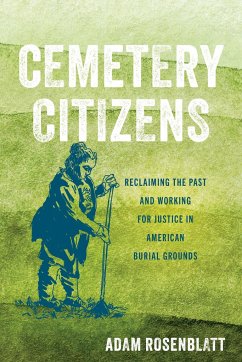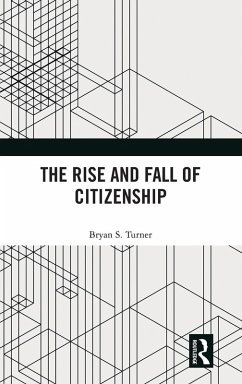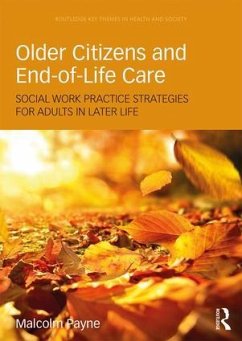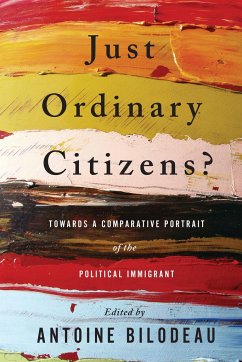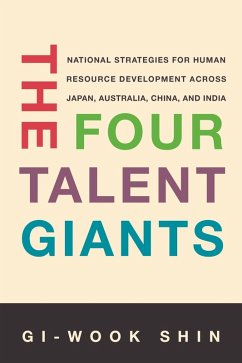Nicht lieferbar
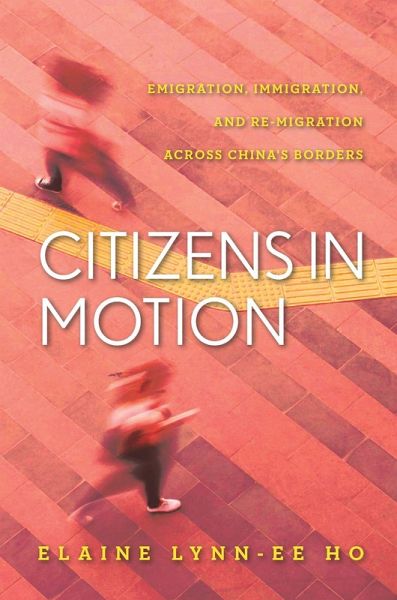
Citizens in Motion
Emigration, Immigration, and Re-Migration Across China's Borders
Versandkostenfrei!
Nicht lieferbar
This book argues that analyzing emigration, immigration, and re-migration under the framework of contemporaneous migration directs attention to the citizenship formations that are forged across migration sites, shaping the lives of citizens in motion.





